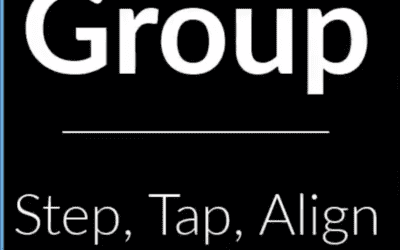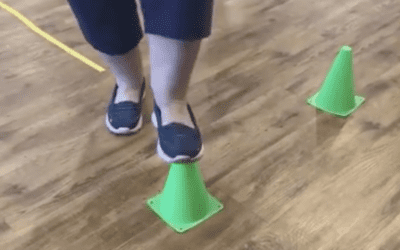
Self-Care & Community Re-education Treatments for Occupational Therapy
General:
97535: Self Care and Home Management Training – Self-Care/Home Management Training (e.g., activities of daily living and compensatory training, meal preparation, safety procedures, and instructions in use of assistive technology devices/adaptive equipment) direct one-on-one contact, each 15 minutes
Here it is, the category that occupational therapy practitioners LOVE!
Remember that this is NOT the primary role of occupational therapy and that you CAN bill for therapeutic exercise, therapeutic activity, and neuromuscular re-education JUST AS MUCH as you can bill for self-care management! Don’t let anyone make you feel bad or question if you can bill for something other than self-care as an occupational therapy practitioner!
You are a holistic generalist practitioner which means you can bill for….well….just about everything! (Though, these benefits only come with the occupational therapy license because our scope of practice is HUGE!)
Stop feeling insecure and lost.
Don't wait for BURNOUT to consume your life because there just isn't enough time to search for evidence-based occupational therapy resources and training for daily clinical treatments.
Join the BOT Portal for occupational therapy resources and receive 24/7 access to the highest quality resources designed by an experienced therapist speciically for busy, motivated, and passionate therapists and therapy assistants.
Read this BEFORE you bill for self-care training!!!
- You can use this code only when it is medically necessary for the restorative or habilitative purposes of a self-care skill within an active plan of care continuum
- Your patient must have the capacity to learn from your instructions (Completely getting your patient ready because they fit in your ‘ADL’ time slot in the morning when you know they are dependent and will probably remain dependent is NOT skilled! This is not ethical.)
- Documentation must relate to an attainable functional goal
What counts as a '97535' intervention?
- Eating, bathing, dressing, toileting, transferring and continence
- Compensatory training
- Therapeutic education and training on safety procedures/instructions
- Various IADLs like meal preparation, medication management, bill pay, adaptive mobility techniques for household cleaning
- Use of assistive technology or adaptive equipment
- Wound care management techniques
- sleep hygiene and routine establishment
- activity modification training
Assessments to use in Evaluation and Progress Notes:
- Lawton-Brody Instrumental Activities of Daily Living Scale
- KATZ Index of Independent ADL
- The Barthel Index
A couple of CRITICAL NOTES for Self-Care Training in OT
An Occupational Therapy Practitioner is NOT a Certified Nursing Assistant
- PLEASE do not confuse (or let others confuse) self-care training with getting your patient dressed. Although I love and respect my brothers and sisters in the healthcare field, I am not them. I am not a certified nursing assistant (CNA) and neither are you if you are a licensed occupational therapy practitioner.
- This means that you cannot bill for self-care or an ‘ADL’ if you are not training the client/caregiver on how to maximize their participation in these tasks!
- You can NOT wash your clients hair, give them a manicure, cut your clients hair, shave them, get them completely dressed when you know they will always remain independent, or transfer them to the toilet and call the 20 minutes they are sitting on the toilet SKILLED OCCUPATIONAL THERAPY INTERVENTIONS. This is not okay and is a RED flag.
-
-
-
- That said, I also don’t believe in the “minutes system” and know that you only have so many minutes in a day to meet your site requirement and if you don’t do this, you lose your job. The system for OTs in America is broken….talk to AOTA about it.
-
-
-
- Just because you see it in hospitals and SNF settings, DOES NOT MEAN it’s ethical!
Patient must have the aptitude and abilities to make progress with training
-
To bill for self-care, it must be medically indicated, your patient MUST have the cognitive and executive function potential to improve or accomplish a self-care task!
A note on Adaptive Equipment
- Academia leads into this lane of OT and adaptive equipment. When I hear someone say “sock aid”, I cringe. You are led to believe that your role in many orthopedic and neurological diagnoses is to train your client on adaptive equipment, but you are never told that your patient may not need or want adaptive equipment! Adaptive equipment is not always a relevant intervention AKA the rehabilitation model of practice is not always used in occupational therapy! Sometimes it is short-term and sometimes it is the last possible solution when all restorative principles have been trialed.
- If your client can perform the task, or can be taught to safely perform the task, with THEIR OWN BODY MECHANICS and without adaptive equipment…THAT IS YOUR FIRST STEP!! As an occupational therapy practitioner, you must make a way for your client to participate in any activity or occupation in the least restrictive capacity. Your first job is restoration or remediation of function.
- Do not dump pegs on the ground and have your client pick them up with a reacher while you document
- Do not spend 25 minutes teaching your patient how to use a sock aid if (1) they will never use a sock aid at home or (2) they can don their socks without equipment.
USE ACTIVITY ANALYSIS
- Always start with activity analysis – this is your superpower! Use it!
- If you patient has had a CVA and does not have functional mobility in her arm, and has weakness in the other arm….you know that you need to spend some time restoring strength and neuromuscular communication before you have her perform a self-care session. If you start with dressing, you run the risk of frustration, unachievable activity, causing an external locus of control for your client, and much more. This is just an example…but can be applied to any diagnosis and any patient. You must use activity analysis to break down the activities and build the patient back up from the ground floor!
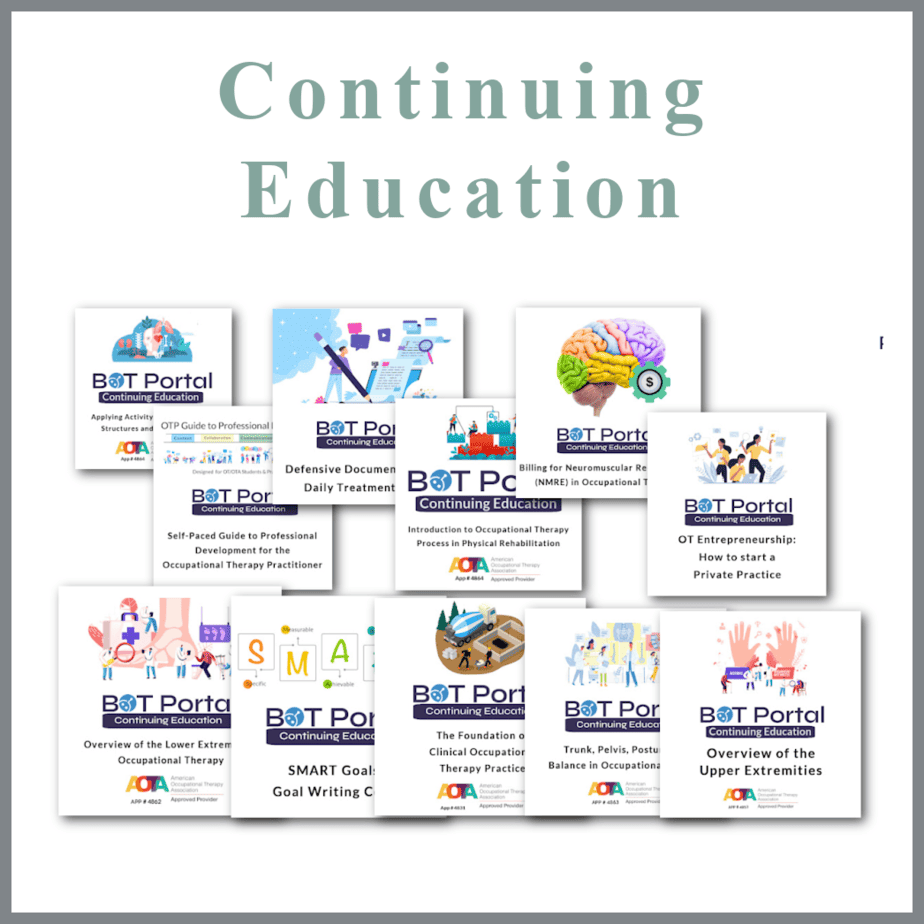

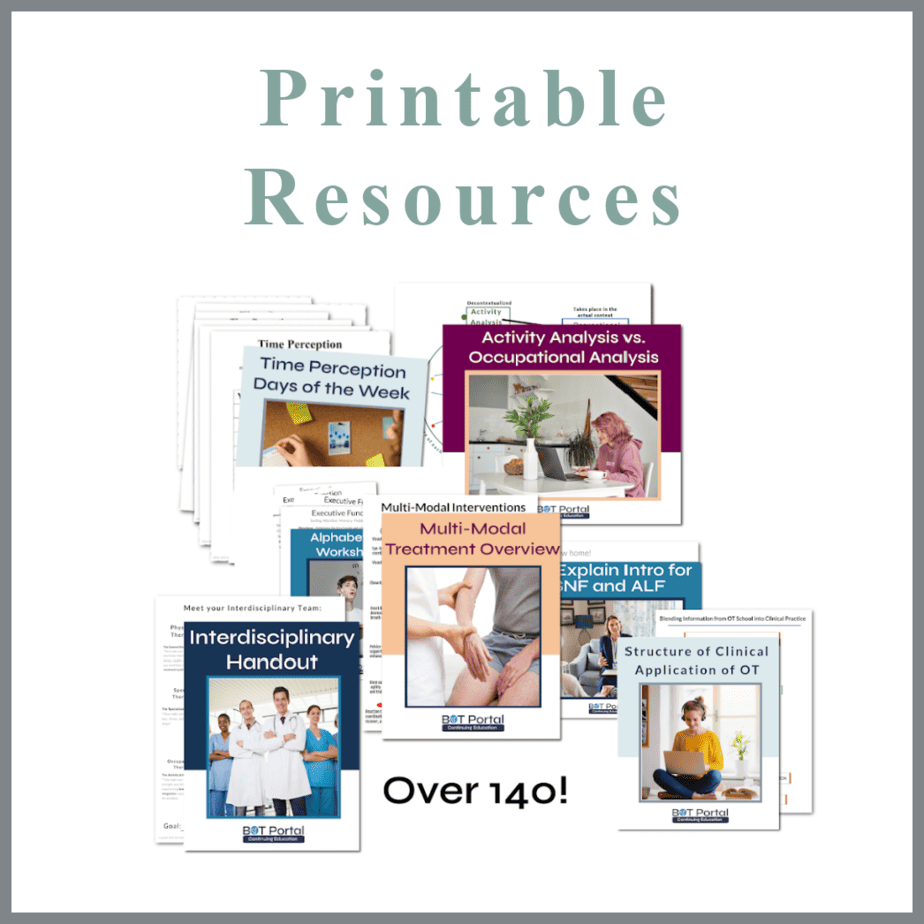
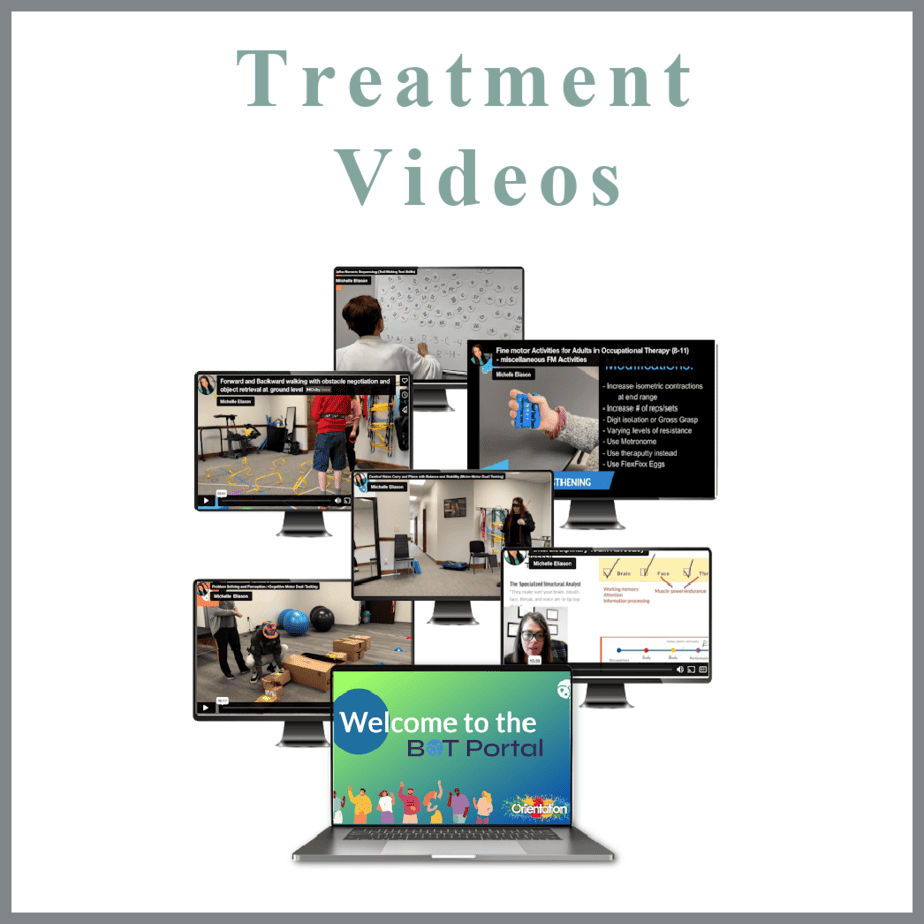
Membership Perks
Two Membership Options!
Your investment gives you resources to save you stress, self-doubt, and burnout as you become a confident and competent practitioner who can stand up for your professional point of view and scope of practice.



